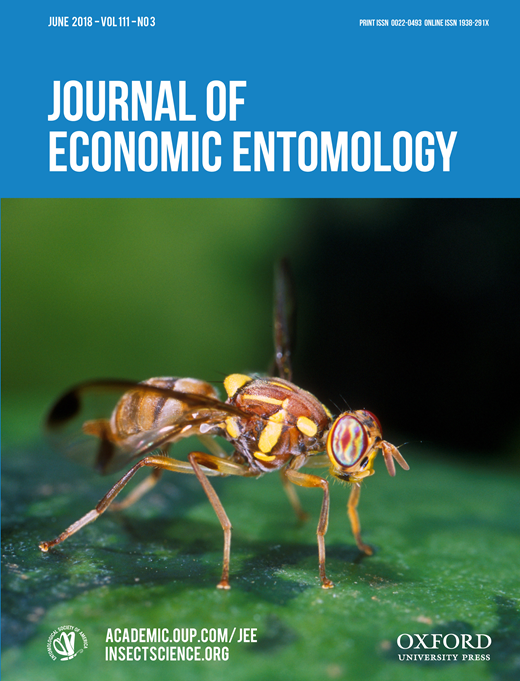View Item
- xmlui.general.dspace_homeCentros Regionales y EEAsCentro Regional Mendoza - San JuanEEA La ConsultaArtículos científicosxmlui.ArtifactBrowser.ItemViewer.trail
- DSpace Home
- Centros Regionales y EEAs
- Centro Regional Mendoza - San Juan
- EEA La Consulta
- Artículos científicos
- View Item
Onion Hybrid Seed Production: Relation with Nectar Composition and Flower Traits
Abstract
Onion (Allium cepa L.) is one of the main vegetable crops. Pollinators are required for onion seed production, being honeybees the most used. Around the world, two types of onion varieties are grown: open pollinated (OP) and hybrids. Hybrids offer numerous advantages to growers, but usually have lower seed yields than OP cultivars, which in many cases compromise the success of new hybrids. As pollination is critical for seed set, understanding the role of
[ver mas...]
Onion (Allium cepa L.) is one of the main vegetable crops. Pollinators are required for onion seed production, being honeybees the most used. Around the world, two types of onion varieties are grown: open pollinated (OP) and hybrids. Hybrids offer numerous advantages to growers, but usually have lower seed yields than OP cultivars, which in many cases compromise the success of new hybrids. As pollination is critical for seed set, understanding the role of floral rewards and attractants to pollinator species is the key to improve crop seed yield. In this study, the correlation of nectar-analyzed compounds, floral traits, and seed yield under open field conditions in two experimental sites was determined. Nectar composition was described through the analysis of sugars, phenol, and alkaloid compounds. Length and width of the style and tepals of the flowers were measured to describe floral traits. Floral and nectar traits showed differences among the studied lines. For nectar traits, we found a significant influence of the environment where plants were cultivated. Nonetheless, flower traits were not influenced by the experimental sites. The OP and the male-sterile lines (MSLs) showed differences in nectar chemical composition and floral traits. In addition, there were differences between and within MSLs, some of which were correlated with seed yield, bringing the opportunity to select the most productive MSL, using simple determinations of morphological characters like the length of the style or tepals size.
[Cerrar]

Author
Soto Vargas, Verónica Carolina;
Caselles, Cristian A.;
Silva, Maria Fernanda;
Galmarini, Claudio Romulo;
Fuente
Journal of economic entomology 111 (3) : 1023–1029. (May 2018)
Date
2018-05
ISSN
0022-0493
1938-291X
1938-291X
Formato
pdf
Tipo de documento
artículo
Palabras Claves
Derechos de acceso
Restringido
 Excepto donde se diga explicitamente, este item se publica bajo la siguiente descripción: Creative Commons Attribution-NonCommercial-ShareAlike 2.5 Unported (CC BY-NC-SA 2.5)
Excepto donde se diga explicitamente, este item se publica bajo la siguiente descripción: Creative Commons Attribution-NonCommercial-ShareAlike 2.5 Unported (CC BY-NC-SA 2.5)

